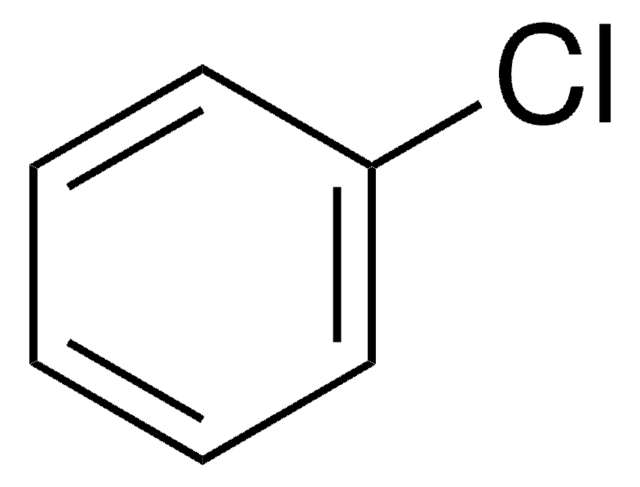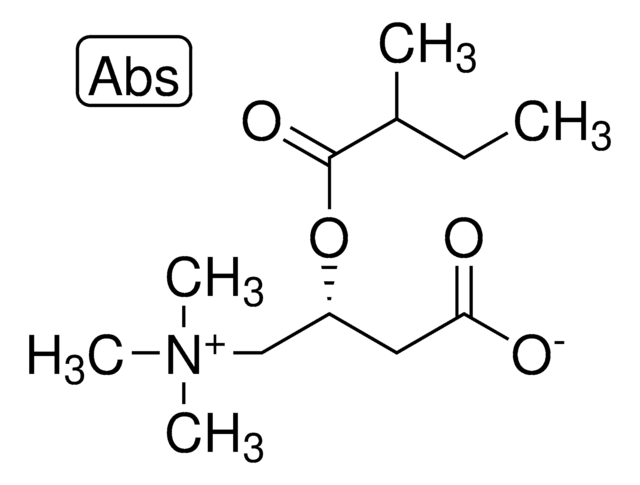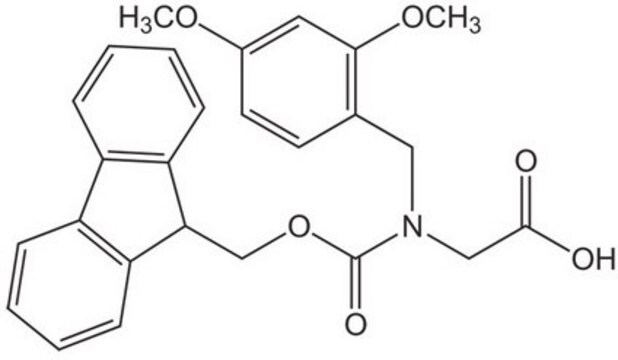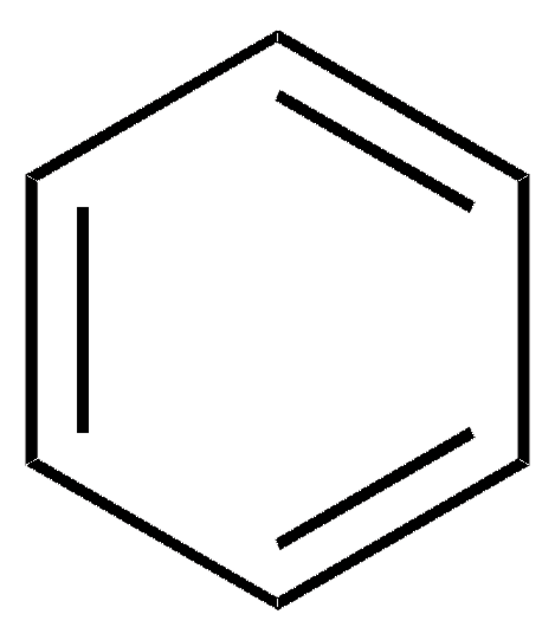51411
Fluorobenzene
analytical standard
About This Item
Produits recommandés
Qualité
analytical standard
Niveau de qualité
Essai
≥99.7% (GC)
Durée de conservation
limited shelf life, expiry date on the label
Technique(s)
HPLC: suitable
gas chromatography (GC): suitable
Indice de réfraction
n20/D 1.465 (lit.)
n20/D 1.465
pb
85 °C (lit.)
Pf
−42 °C (lit.)
Densité
1.024 g/mL at 25 °C (lit.)
Application(s)
environmental
Format
neat
Chaîne SMILES
Fc1ccccc1
InChI
1S/C6H5F/c7-6-4-2-1-3-5-6/h1-5H
Clé InChI
PYLWMHQQBFSUBP-UHFFFAOYSA-N
Vous recherchez des produits similaires ? Visite Guide de comparaison des produits
Description générale
Application
Mention d'avertissement
Danger
Mentions de danger
Conseils de prudence
Classification des risques
Aquatic Chronic 2 - Eye Dam. 1 - Flam. Liq. 2
Code de la classe de stockage
3 - Flammable liquids
Classe de danger pour l'eau (WGK)
WGK 2
Point d'éclair (°F)
5.0 °F - closed cup
Point d'éclair (°C)
-15 °C - closed cup
Équipement de protection individuelle
Eyeshields, Faceshields, Gloves, type ABEK (EN14387) respirator filter
Faites votre choix parmi les versions les plus récentes :
Déjà en possession de ce produit ?
Retrouvez la documentation relative aux produits que vous avez récemment achetés dans la Bibliothèque de documents.
Les clients ont également consulté
Notre équipe de scientifiques dispose d'une expérience dans tous les secteurs de la recherche, notamment en sciences de la vie, science des matériaux, synthèse chimique, chromatographie, analyse et dans de nombreux autres domaines..
Contacter notre Service technique











